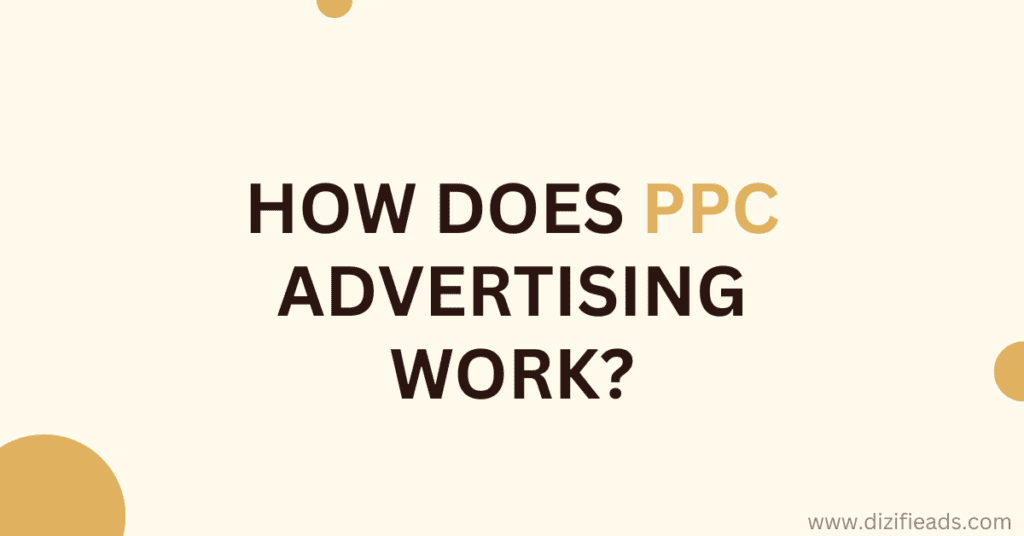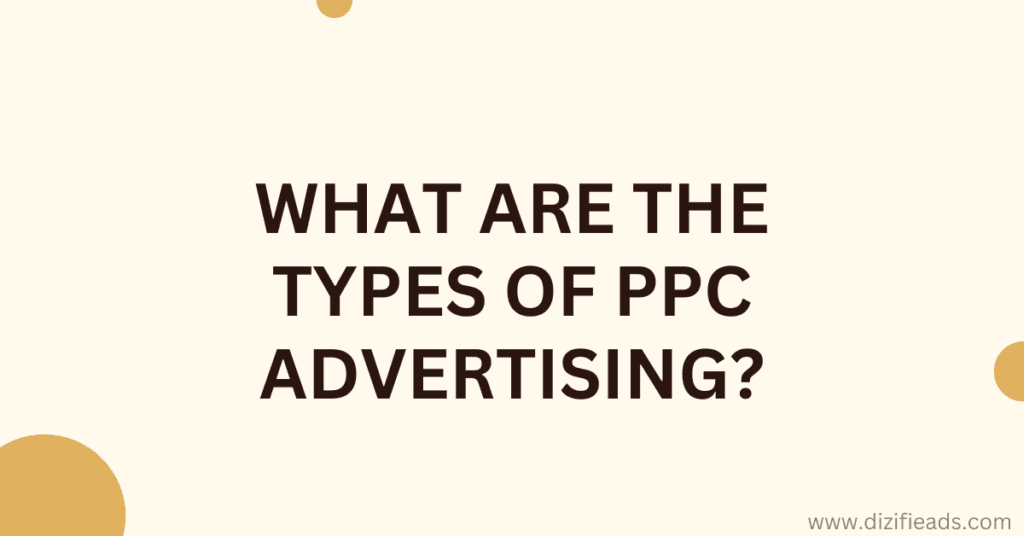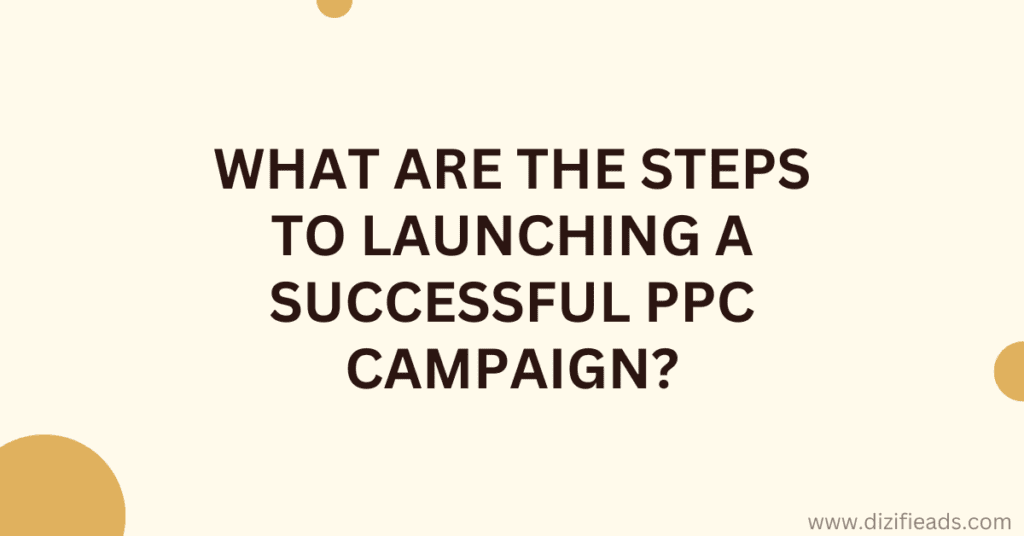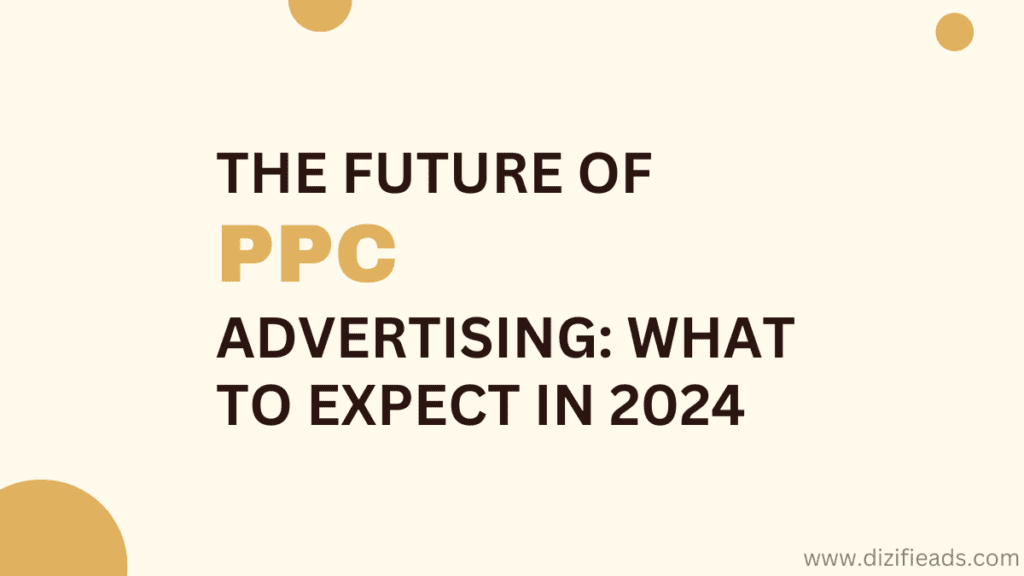Pay-Per-Click (PPC) Advertising: The Essential Guide
In the digital age, businesses want effective ways to reach their target audience. They also want to drive traffic to their websites. Pay-per-click (PPC) advertising has become a powerful tool for marketers. It offers a cheap way to attract potential customers. This guide covers PPC advertising. It explains what it is, how it works, and the steps to launch your own successful PPC campaign.
What is Pay-Per-Click (PPC) Advertising?

In PPC advertising, a type of Internet marketing, advertisers pay a fee for each click on their ad. It’s a way of buying visits to your site rather than attempting to “earn” those visits. Search engine advertising is a popular form of PPC. Advertisers bid for ad placement in a search engine’s sponsored links. This happens when someone searches for a keyword related to their business.
How Does PPC Advertising Work?
1. Keyword Research:
The foundation of any successful PPC campaign is thorough keyword research. Find important keywords. Customers are likely to use them when searching for products or services like yours.
2. Ad Creation:
When building a successful online advertising campaign, crafting compelling ad copy is crucial. Think of your ad as a storefront window. It’s the first impression potential customers have of your brand. It needs to entice them to enter. Once you’ve found the keywords, use them to write ads that connect with your audience.
Clear and concise language is vital. Avoid using jargon or technical terms that might confuse users. Instead, focus on highlighting the benefits of your product or service. For instance, if you’re promoting a fitness app, your ad might say, “Get fit in 10 minutes a day. Our workouts are fast and work well. This helps users see how your app can solve their problems.
Relevance is also key. Make sure your ad copy aligns with the keywords you’re targeting. This makes sure your ad appears in front of the right audience. It increases the chance of conversion. For example, if your keywords are “best coffee near me,” your ad might say, “Find the best coffee near you. “Use our shop finder.” Tailor your ad to your target keywords. This will attract users who are searching for what you offer. This will make them more likely to click and convert.
3. Bid Management:
In PPC advertising, a delicate dance takes place. Advertisers vie for the top spot on search results pages. Advertisers’ bids on specific keywords set the rhythm of this dance. They declare how much they’re willing to pay for each curious click on their ad. But, placing a bid is only the first step. To master this dance, advertisers must do bid management. It’s a constant process of monitoring and adjusting bids. They do this to ensure they get the best possible return on investment (ROI).
Think of bid management as navigating a busy marketplace. Vendors adjust their prices to attract the most customers. In PPC advertising, bid management involves reviewing bids. The goal is to optimize them to stay ahead of rivals. For instance, consider a fashion brand that bids on the keyword “winter coats.” They might notice their ad is ranking low, And raise their bid to get a higher position and more customers. They might find their ad ranks high but doesn’t generate enough sales. So, they might decrease their bid to cut costs and improve their ROI.
4. Ad Placement:
Your ads will shown in prime spots. They’ll be next to search results or on websites in the ad network you’re targeting. For instance, if you’re promoting outdoor gear, your ads might appear on a popular hiking blog. They might also appear with search results for “best camping tents.” This ad placement can impact your campaign. It makes it more likely to reach your target audience. For example, a study by Google found that ads on its search network are 25% more likely to be connected. This is compared to those on other websites. So, it’s vital to choose where your ads will appear. Consider factors like website relevance, audience demographics, and ad format. They help you maximize your return on investment.
5. Tracking and Analysis:
PPC advertising platforms offer strong tracking and analytics tools. They let you check your ads’ performance. The tools measure key metrics. These include the click-through rate (CTR), conversion rate, and cost per acquisition (CPA). Studying these metrics helps you tweak your ad campaign. It helps you achieve the most impact and reach your audience.
Types of PPC Advertising

1. Search Advertising:
Search advertising is a powerful tool for businesses. It helps them reach potential customers. It happens at the exact moment. Customers are looking for products or services like theirs. This type of advertising involves placing ads next to search engine results. This increases the chance of a consumer clicking on the ad. It raises the chance of them visiting the business’s website. Google Ads is the most used platform for search ads. It lets advertisers bid on keywords related to their business. example, a plumber in New York City could bid on keywords. They might bid on terms like “emergency plumbing services NYC”. They could bid on “leak detection Brooklyn”. This focused approach ensures that only people searching for those terms will see the ad. It is a cost-effective way to attract new customers. Advertisers can use Google Ads. They can set a budget for their campaigns.
2. Display Advertising:
Display advertising is a marketing strategy. It involves placing visual ads. These can be eye-catching banners or engaging interactive media. They are placed on websites. The websites are part of a vast ad network. This type of advertising is often used to build brand awareness. It makes your company’s name and products more recognizable to a wider audience. Example, if you visit a popular news website, you may see a banner ad for a new car model or a fashion brand. This approach increases brand visibility. It can drive website traffic and sales.
3. Social Media Advertising:
Social media platforms like Facebook, Instagram, and LinkedIn offer strong ad tools. They let advertisers target users based on demographics, interests, and behaviors. Social media ads are a great way to reach a specific audience. You can tailor the ads to the audience.
4. Remarketing
Remarketing is powerful. advertisers reach people who visited websites earlier didn’t buy. This strategy works by showing ads to these visitors. They see the ads exploring other websites, social media. By doing this, remarketing can reignite the interest of these potential customers. It can motivate them to make a buy they might have been considering before.
Benefits of PPC Advertising

1. Immediate Results:
PPC advertising is not like organic SEO. It provides instant visibility and boosts traffic right away. you launch a PPC campaign, your ads show up on search engine results in pages right away. They attract potential customers to click and visit your website at once. This quick response helps businesses gain exposure. It helps them connect with their target audience on time. Pay-per-click (PPC) Advertising lets you target users by demographics, interests, and behaviors. This ensures that your ads reach the right audience.
3. Measurable ROI
With pay-per-click (PPC) advertising, you can measure your campaigns in real-time. You can do minute by minute, hour by hour. This lets you see what’s working and what’s not. It lets you refine your strategy to maximize your return on investment (ROI). instance, ad gets a few clicks conversions, you pause. You can give more of your budget to a better ad. This data-driven approach enables you to make informed decisions. It stops you from relying on guesswork. It ensures that every dollar you spend gets the greatest possible return.
4. Flexible Budgeting
PPC advertising platforms provide advertisers with flexible budgets. They let advertisers take control of their ad spend. This flexibility is crucial. It lets businesses divide their resources and make adjustments. instance, an e-commerce company is preparing for a holiday sale. It can increase its daily budget to profit from the rise in online traffic. If an advertiser notices its monthly budget is being used up too, it can spend less to avoid overspending. Advertisers can set daily or monthly budgets. They can adjust them based on performance. This way, they can optimize their return on investment. They can maximize their online presence.
5. Brand Exposure
Seeing your ads, users don’t click on them, can have a significant impact on your brand’s visibility. Seeing an ad can increase brand awareness and recognition. This is the “impression effect. “example, think of a popular coffee shop chain that advertises on social media. if you don’t click on their ads, you’ll likely remember their logo and name. You’ll remember them the next time you’re looking for a morning coffee. This increased brand recognition can translate to more sales and customer loyalty. In PPC advertising, means users don’t click on your ad right, valuable. It helps to build and keep a strong brand image.
Steps to Launching a Successful PPC Campaign

1. Define Your Goals
launching a PPC campaign, it’s essential to define your goals. You’re looking to get more website traffic, leads, or sales. Having a clear aim will guide your strategy.
2. Identify Your Target Audience
Understanding your target audience is crucial for effective Pay-Per-Click Advertising. Research your audience’s demographics, interests, and online behavior. Use this to make sure your ads resonate with them.
3. Conduct Keyword Research:
Use keyword research tools. Examples include Google Keyword Planner and SEMrush. They help you find relevant keywords for your campaign. Focus on high-intent keywords that are likely to drive conversions.
4. Create Compelling Ad Copy:
Write exciting ads. They should focus on the unique selling points of your products or services. Use persuasive language and compelling calls to action to entice users to click on your ads.
5. Set Up Conversion Tracking:
Install conversion tracking to measure the effectiveness of your PPC campaign. This will let you track how many users complete desired actions. These include making a buy or filling out a contact form.
6. Check and Optimize:
check the performance of your PPC campaign and make adjustments as needed. Test different ads, targets, and bids. This will make your campaign better.
7. Review Your Campaign:
PPC advertising is dynamic, and what works today may not work tomorrow. Review your campaign. Make changes to ensure you get the best ROI.
Conclusion
Pay-per-click advertising is a powerful tool. It brings targeted traffic to your website. It helps you meet your marketing goals. You can launch your own successful PPC campaigns. Do this by understanding how PPC ads work and following the steps in this guide. You will see real results for your business. You may want to increase brand awareness, generate leads, or drive sales. PPC advertising is flexible and measurable. It lets you reach your target audience and meet your goals.


Pingback: What Is Performance Marketing? -